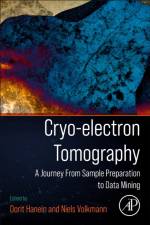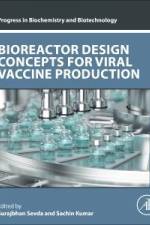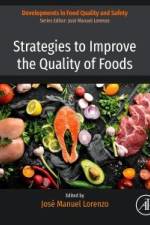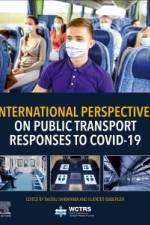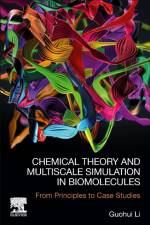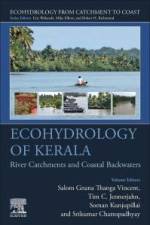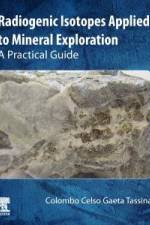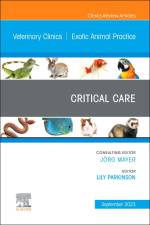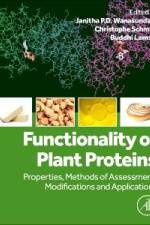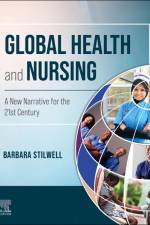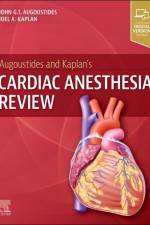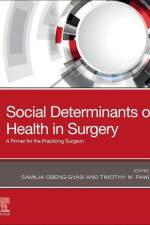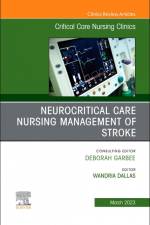av Mohammad A Vasef
3 667
This expert volume in the Diagnostic Pathology series is an excellent point-of-care resource for practitioners at all levels of experience and training. Providing a clear understanding of molecular pathology as it relates to the transformation and pathogenesis of cancer in an era of personalized medicine, it incorporates the most recent scientific and technical knowledge in the field to provide a comprehensive overview of all key issues relevant to today’s practice. Richly illustrated and easy to use, the third edition of Diagnostic Pathology: Molecular Oncology is a visually stunning, one-stop resource for every practicing pathologist, hematopathologist, molecular pathologist, oncologist, or pathologist in training as an ideal day-to-day reference or as a reliable learning resource.Provides up-to-date, comprehensive coverage of relevant molecular tests and their clinical applications, along with organ-based chapters on the molecular genetic data relevant to individual disease entitiesContains new chapters and substantial revisions to existing content that include updates from the 2022 International Consensus Classification and the WHO Classification of Haematolymphoid Tumours, fifth editionProvides expert guidance on selecting the right test(s) at the right time, as well as comparisons of molecular testing methods (e.g., FISH vs. cytogenetics)Includes current information for new actionable mutations and targeted therapiesCovers ultrasensitive molecular techniques for minimal residual disease detection and disease monitoringDiscusses circulating cell-free DNA analysis for detection of resistance-associated mutations and disease monitoring, and provides usage detailsFeatures an image-rich layout with more than 2,400 print and online-only images, including high-resolution H&E stains, immunostains, FISH images, gross pathology and clinical photographs, detailed full-color medical illustrations, and informative diagrams, charts, and schematicsEmploys consistently templated chapters, bulleted content, key facts, a variety of tables, annotated images, pertinent references, and an extensive index for quick, expert reference at the point of careIncludes an eBook version that enables you to access all text, figures, and references with the ability to search, customize your content, make notes and highlights, and have content read aloud. Additional digital ancillary content may publish up to 6 weeks following the publication date


